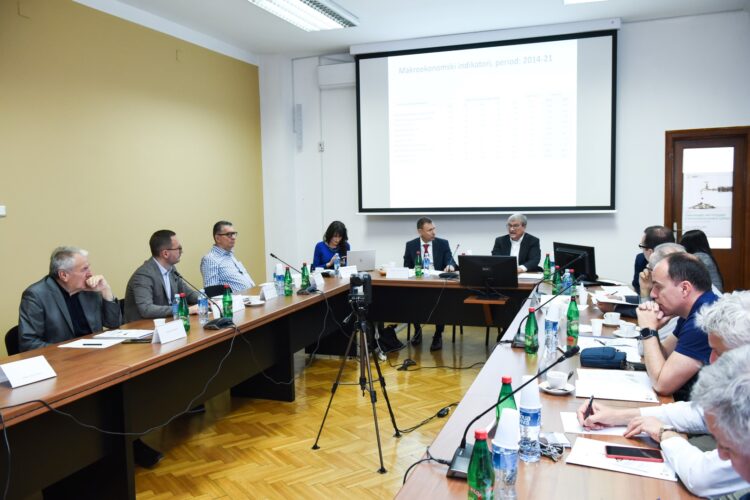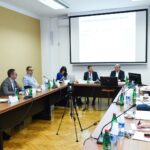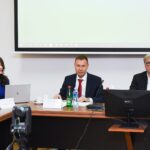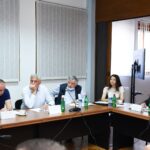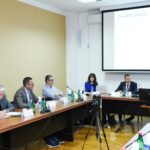On the occasion of the 65th anniversary of the founding of the Institute of Social Sciences, a round table “Transition, Institutions and Economic Development of Serbia” was held on May 20, organized by the Center for Economic Research. Prominent professors from the Faculty of Economics, University of Belgrade, the Vienna Institute for International Economic Studies, representatives of the European Movement Serbia, researchers from the Institute of European Studies, the Institute of Economics, and the Center for Economic Research took part at the round table. The round table was opened by the head of the Center for Economic Research, Predrag Jovanović, PhD, and a regular member of The World Academy of Art and Science, professor Dragan Đuričin. The participants of the round table viewed and analyzed the activities characteristic for the process of economic transition from several different theoretical perspectives, with a focus on the transition of the real sector, and macroeconomic indicators of Serbia in the period 1991-2021, EU integration, institution building, and green transition.
Serbia is facing a new transition after more than three decades of transitionism. The round table analyzed financial vulnerability indicators (indebtedness, credit rating, fiscal capacity), operational vulnerability indicators (Gini coefficient, current account, youth unemployment rate, total dependency ratio, consolidated financial result), as well as competitive vulnerability indicators (export, exchange rate movements, Global Competitiveness Index, Corruption Perception Index, Economic Freedoms Index). The subject of discussion was the analysis of the situation and challenges in the labor market and employment, concerning the aspects of the supply and demand for labor and the definition of the domestic labor market after the public health crisis caused by the pandemic.
It was pointed out that the “new normality” is a complex crisis that is reflected in the cooperation of the climate, economic, energy, biological and geopolitical crises. The main feature of the so-called “new normality” is an imbalance in subsystems and between subsystems due to the exponential nature of megatrends, the holistic nature of megatrend interactions, the dominance of nonlinear systems over linear systems, disruptive innovations, and the lack of systematic and comprehensive response to change. Current economic growth is characterized as growth that is not sustainable and inclusive for nature and the population. Given that global warming as a consequence of economic activities and lifestyles is being transferred to both the physical system and the biosphere, by 2030 we need to respond adequately to climate change and find a solution to the climate crisis. It was concluded that the transformation towards a green economy and a circular growth model based on the “3R” concept (reduce-reuse-recycle), as well as a heterodox platform for economic policies, are imperatives of modern economic theory and pointed out the main sources of financing green transition.

